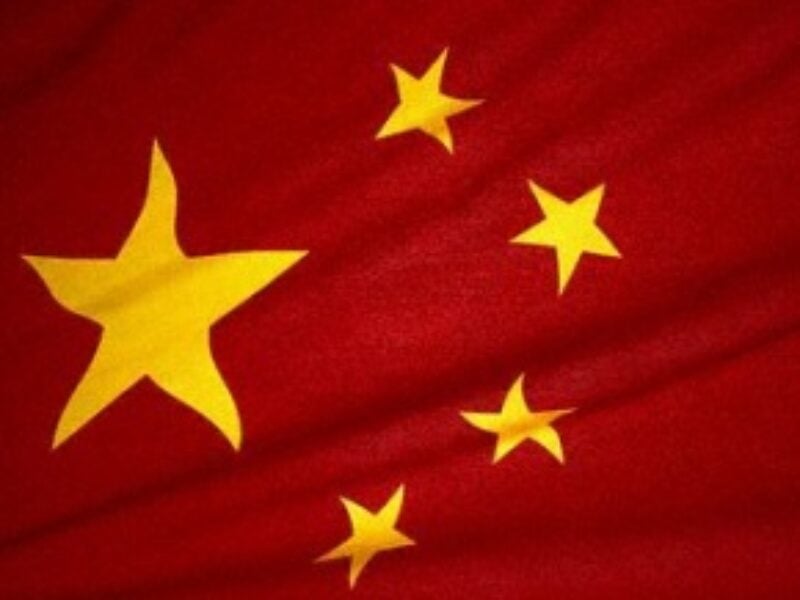
Opinion: Is the West still blind to China’s ‘buy-the-tech’ strategy?
But very few markets are completely free. Any Chinese move on a high-profile US semiconductor company would almost always be prevented. Back in 2015 China’s bid to kick-start its entry into memory components was immediately blocked (see China bids $23 billion for Micron). But smaller firms and slightly more obscure technology bases continue to be acquired because China values the technology and, by implication, the West does not.
Do events swirling around South Korea’s Magnachip and elsewhere suggest that western interests are starting to appreciate technology companies and value them more highly (see Magnachip in play with last minute rival bid)? With big western employers such as automobile companies idling plants repeatedly due to a lack of chip supplies, politicians are starting to describe almost everything related to semiconductors and information technology as “strategic.”
South Korea’s Magnachip was all set to go – effectively – to Wise Road Capital, a global equity fund manager based in Beijing but at the last gasp things have come up that could block the deal.
The $1.4 billion deal was actually with South Dearborn Ltd., a company incorporated in the Cayman Islands, and Michigan Merger Sub, a Delaware corporation, both of which are investment vehicles established by Wise Road Capital and partners.
The deal was set to progress smoothly but five days ago the South Korean government re-classified Magnachips’ OLED display driver technology as a “national core technology,” according to a Business Korea report. A cross-border M&A of a South Korean company with a national core technology requires government approval. Reportedly, the South Korean government plans to initiate procedures “soon.” The report goes on to say that the Committee on Foreign Investment in the United States (CFIUS) started its own examination of the Magnachip, Wise Road deal last month. Any deal will now require CFIUS and South Korean approval.
Next: Gazumping offer
And then suddenly there is a gazumping offer for Magnachip that puts the value up to $1.66 billion. Now, although the latest unsolicited offer comes out of London through Cornucopia Investment Partners it represents predominantly China-focused interests in the form of Yango Financial Holdings, Sino-Rock Investment Management Company and Lombarda China Fund. But it comes just two-days before the previous deal was due be signed off.
The time required to do due diligence on the alternative deal may yet give interests in South Korea, the US, or even Europe the chance to consider how much they value the technology and manufacturing capacity amid what is likely to be a two-year semiconductor under-supply.
Of course, there are many examples of Chinese acquisitions and influence. And in the case of the smaller companies many of these acquisitions have flown under the radar of competition and markets authorities because many of these smaller purchasers do not – on their own – dramatically change the market place.
Here are some examples.
In 2015 China gained control OmniVision Technologies, the world’s third largest vendor of CMOS images sensors, for about $2 billion. The deal was not blocked by US regulatory bodies and nor did anyone else think to put in a counter offer (see OmniVision shareholders approve Seagull takeover).
In 2016 NXP Semiconductor NV (Eindhoven, The Netherlands) agreed to sell its standard products business unit to a Chinese consortium comprising Beijing Jianguang Asset Management Co. Ltd. (JAC Capital) and Wise Road Capital Ltd. for approximately $2.75 billion (see NXP downsizes by 25% with sale of business unit to China). The result, Nexperia, continues to be headquartered in Nijmegen, but is Chinese owned.
In 2017 UK processor intellectual property licensor Imagination Technologies agreed to sell off its MIPS processor business to Tallwood Venture Capital (Palo Alto, Calif.) and then to sell the remainder of itself to Canyon Bridge Capital Partners LLC, a venture capital firm that manages funds provided by China (see Imagination, MIPS to be sold to China-, California-connected VCs). At the time of the deal the company was headquartered in Palo Alto, California, but it subsequently moved its domicile to the Cayman Islands. Now the website simply lists its principal location as the China World Office in Beijing, China.
Next: Under threat
There are plenty more examples that have gone through and plenty of potential cases that could yet happen.
One could be the UK’s Newport Wafer Fab, a wafer fab with an ability to process compound semiconductors including GaN-on-silicon material on 200mm-diameter wafers at high volume (see Newport Wafer Fab under threat of Chinese takeover). Newport Wafer Fab has reportedly come under pressure due to the terms of a long-term supply agreement with Nexperia. As a result Nexperia took the opportunity back in March 2021 to appoint two directors and this could clearly make a difference to the future direction of the company. We understand the company has even written to the Department of Business Energy and Industrial Strategy seeking protection against a takeover only to be refused and be told it is a matter for the Welsh government.
Newport Wafer Fab is, of course, at the heart of the South Wales compound semiconductor cluster on which the UK and Welsh government have spent tens of millions of pounds in an attempt to prime the pump on a national technology effort. Newport could even have a ready local customer in the form of Plessey Semiconductors Ltd. in Plymouth, England (see Facebook, not Apple, gets Plessey’s microLEDs).
That makes it doubly strange that the UK government does not consider the proposed forced takeover of Newport Wafer Fab by a Chinese-owned company would qualify for a review under national security grounds. Without it there is the distinct possibility that technologies researched and developed in South Wales will end up creating employment in China.
Perhaps the UK’s ability to process 200mm wafer in the power and photonics areas should be classified as a “national core technology” to compel a national security review. Perhaps CFIUS is doing due diligence already and President Biden had a word in Boris Johnson’s ear while they were in Cornwall together at the G7 conference: almost certainly not.
And in any case words are cheap. Ultimately, the UK and the west need to value semiconductor technology more highly, more consistently and across the board – as China does. If the west does not, the consequences are clear.
Related links and articles:
China bids $23 billion for Micron
Magnachip back in play with last minute rival bid
OmniVision shareholders approve Seagull takeover
NXP downsizes by 25% with sale of business unit to China
Imagination, MIPS to be sold to China-, California-connected VCs
UK government helps NWF develop GaN foundry process
Newport Wafer Fab under threat of Chinese takeover
Facebook, not Apple, gets Plessey’s microLEDs
 If you enjoyed this article, you will like the following ones: don't miss them by subscribing to :
eeNews on Google News
If you enjoyed this article, you will like the following ones: don't miss them by subscribing to :
eeNews on Google News




